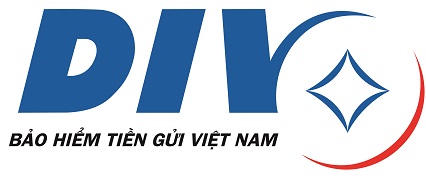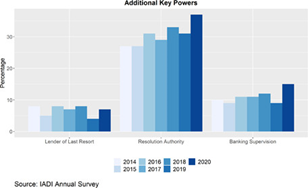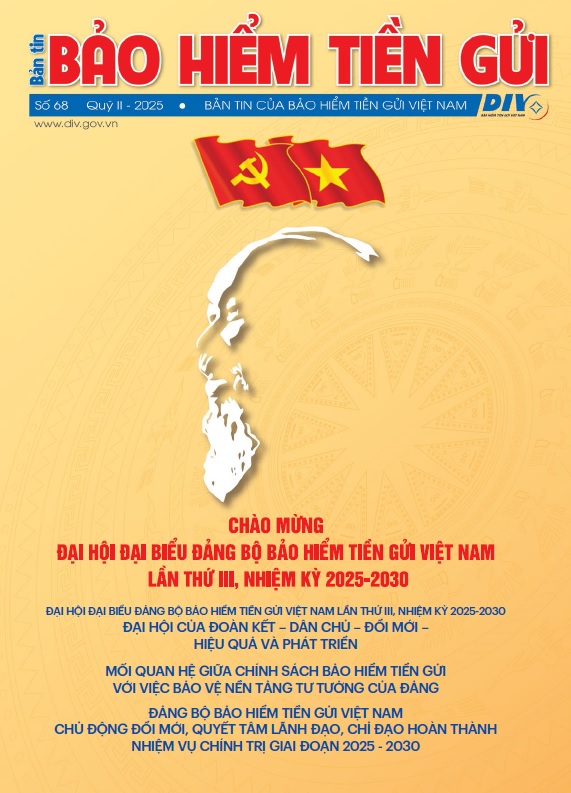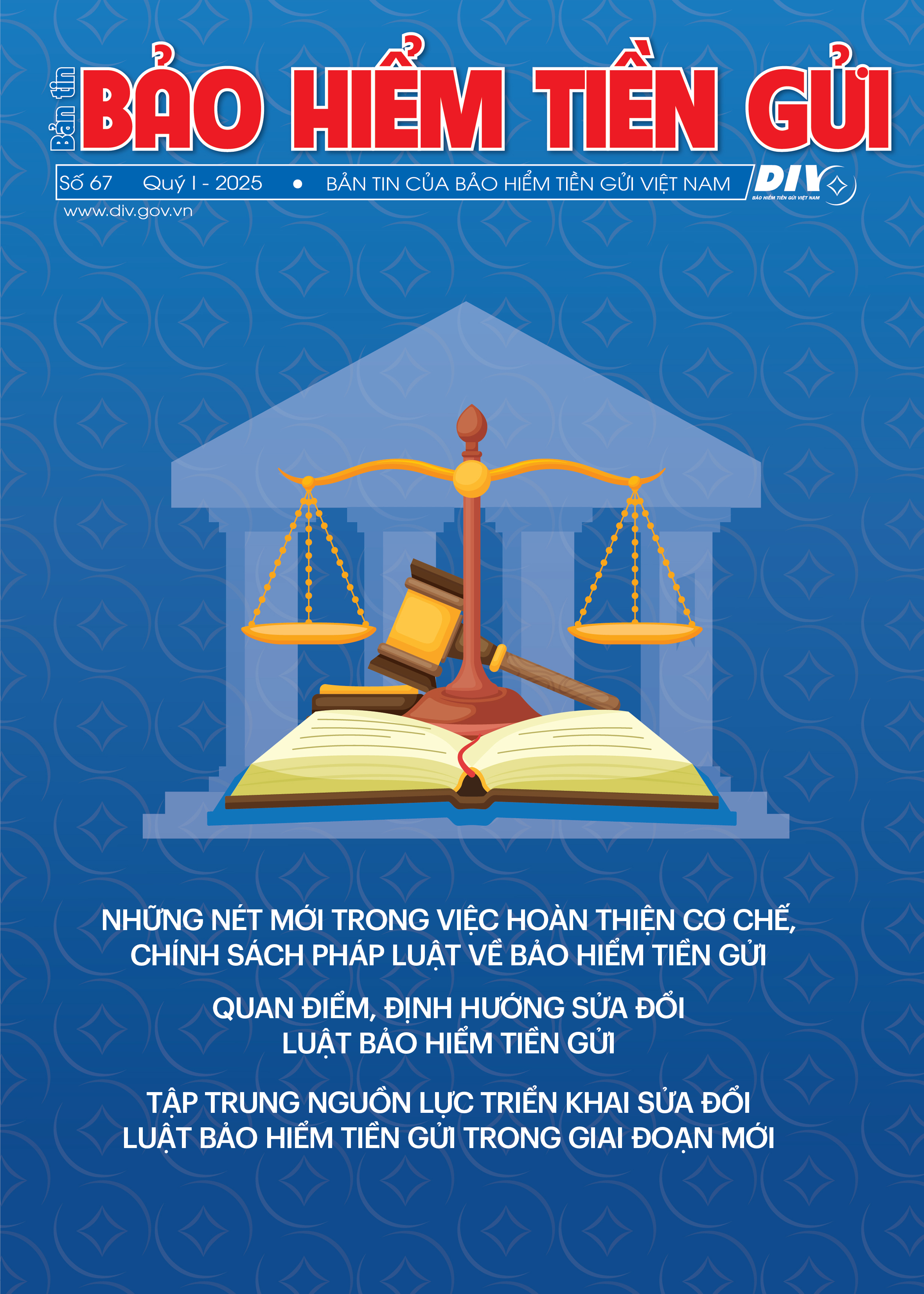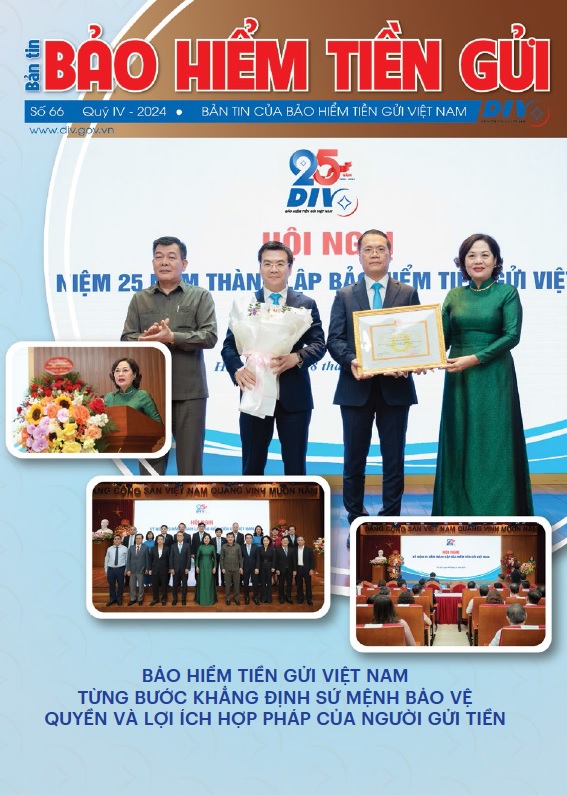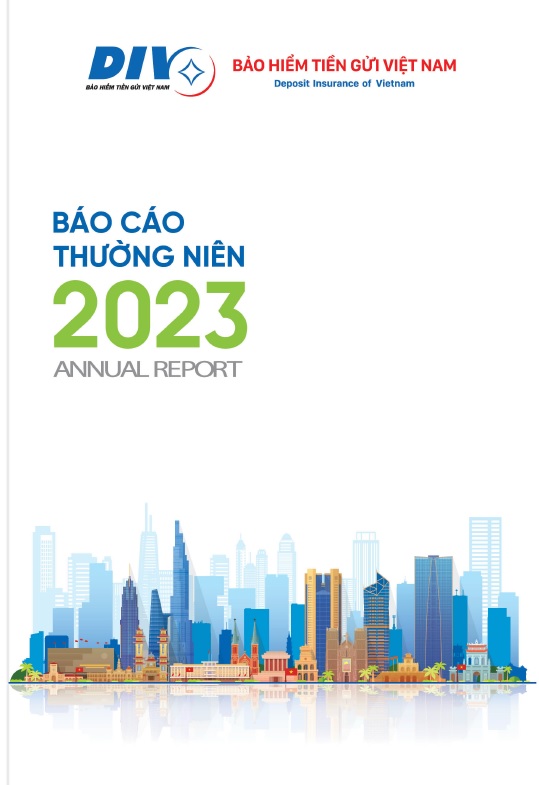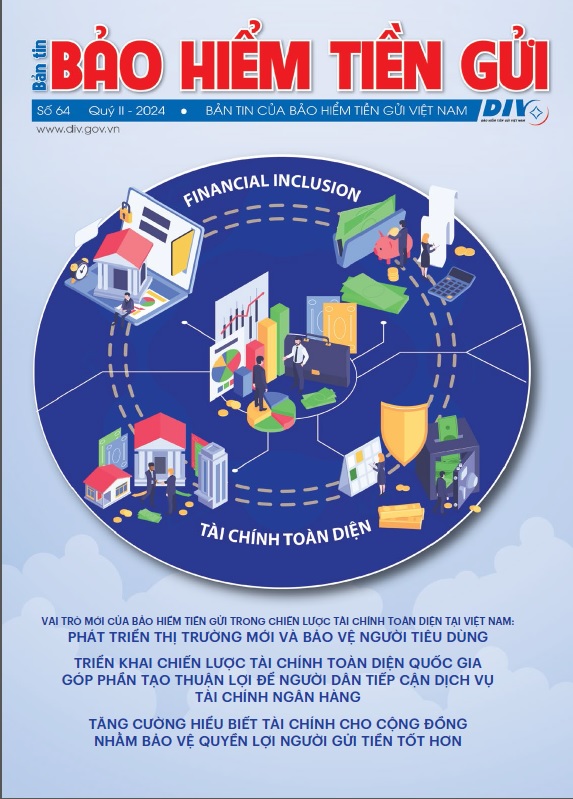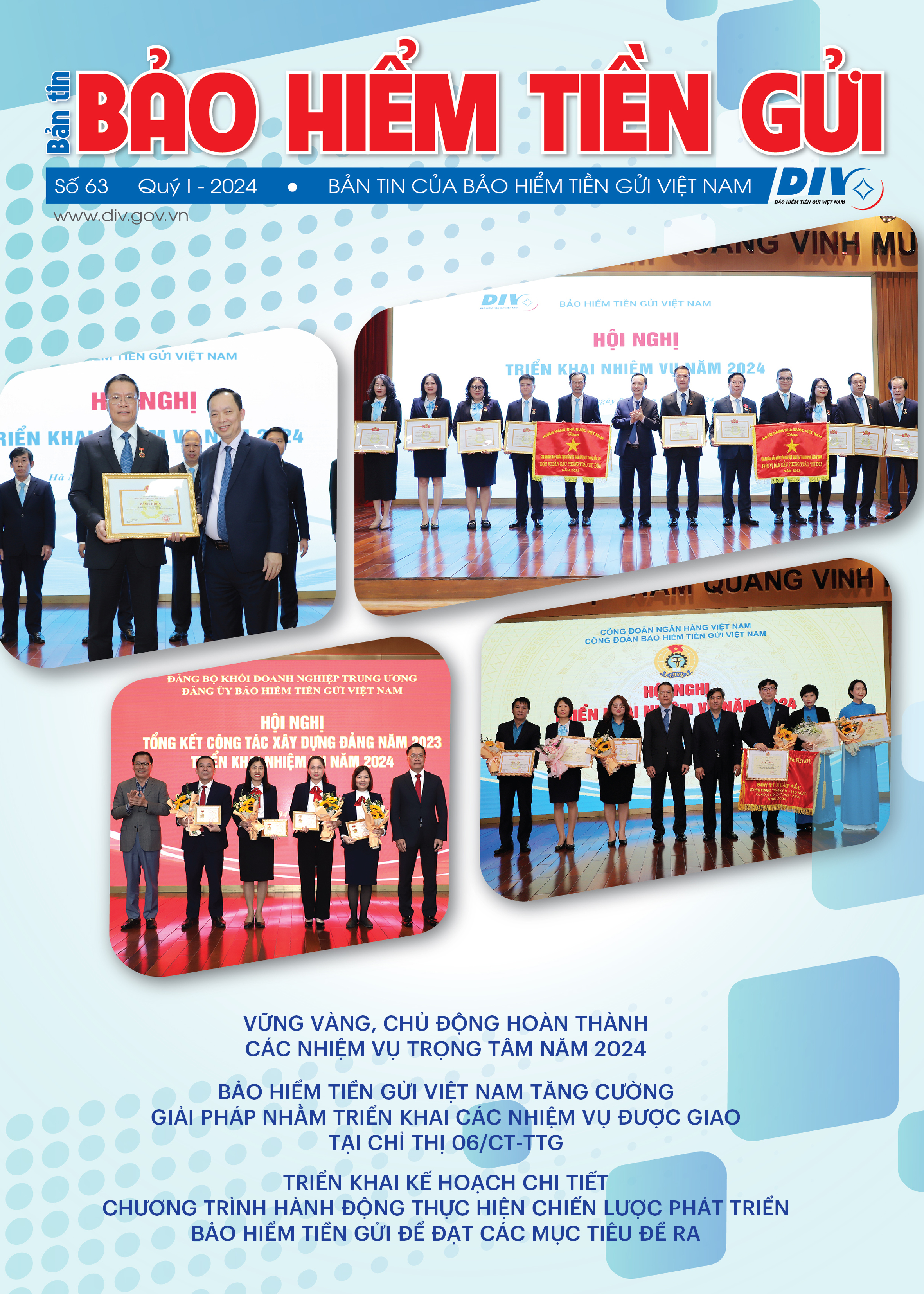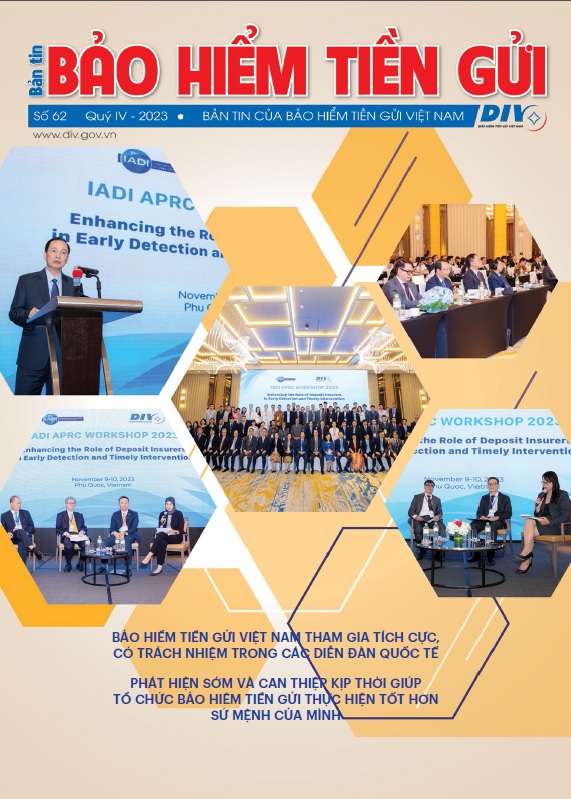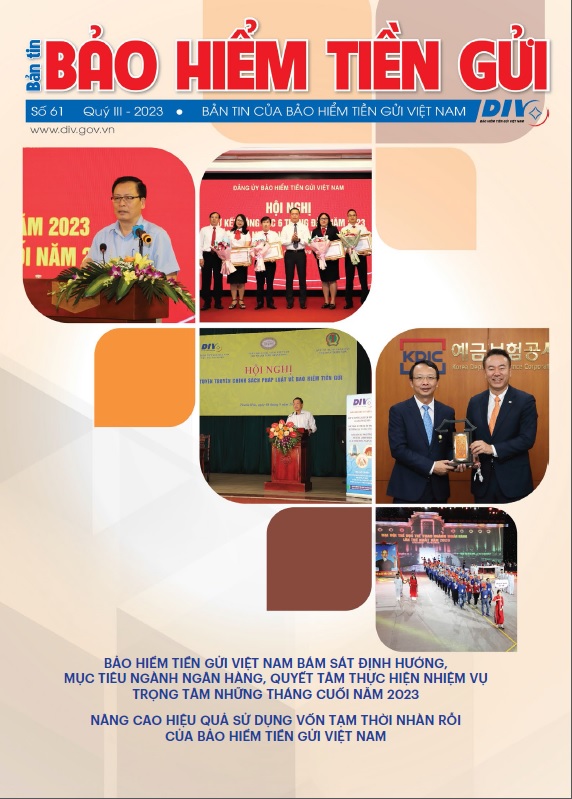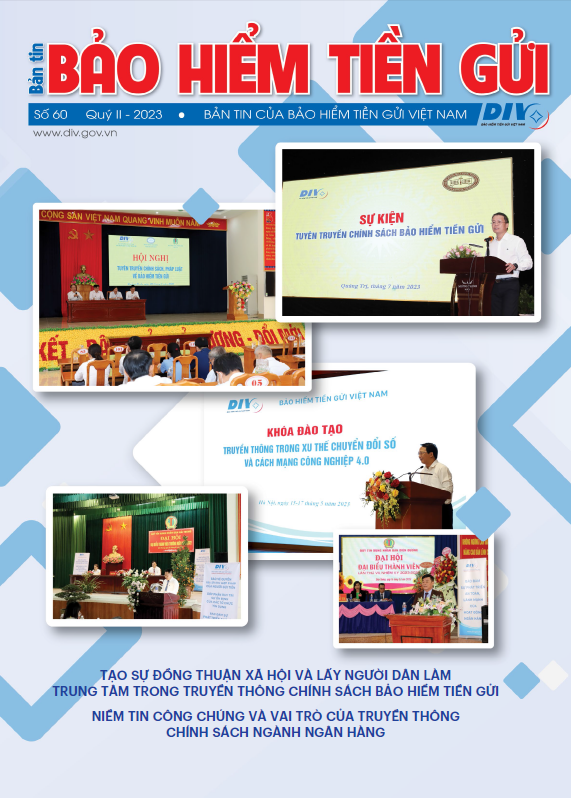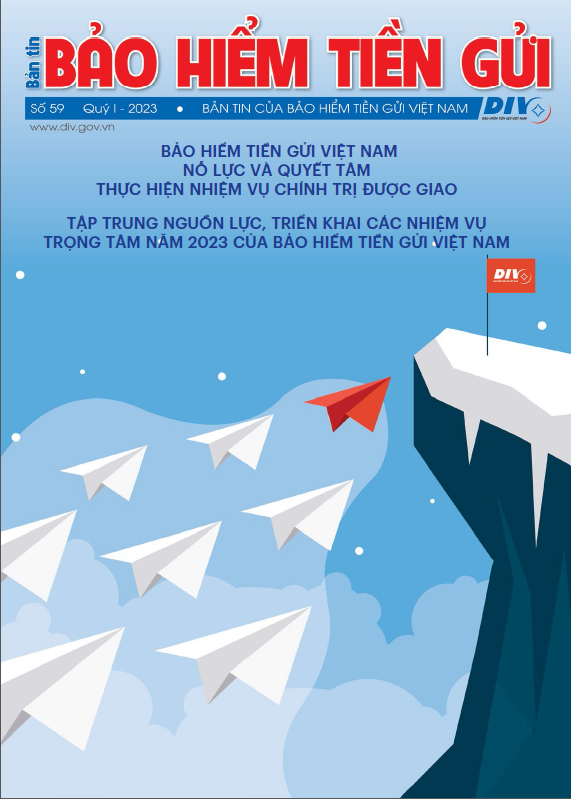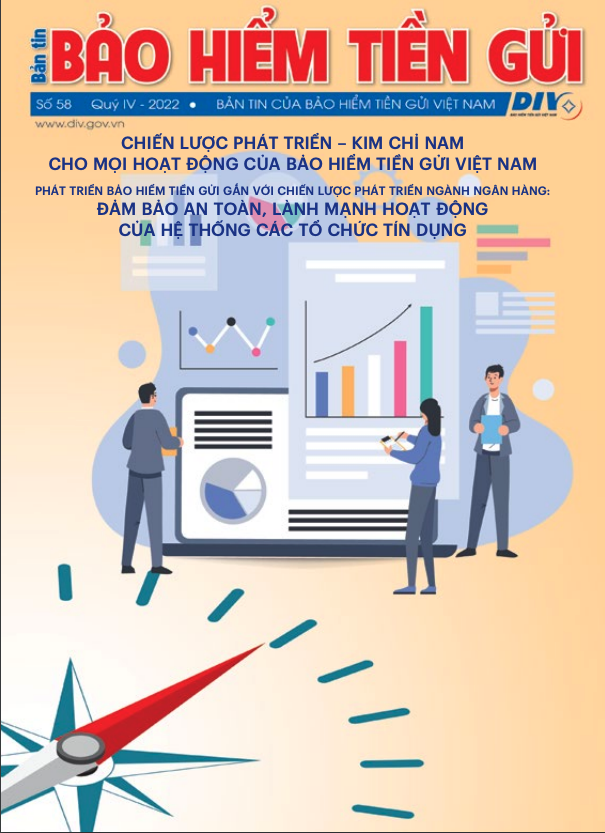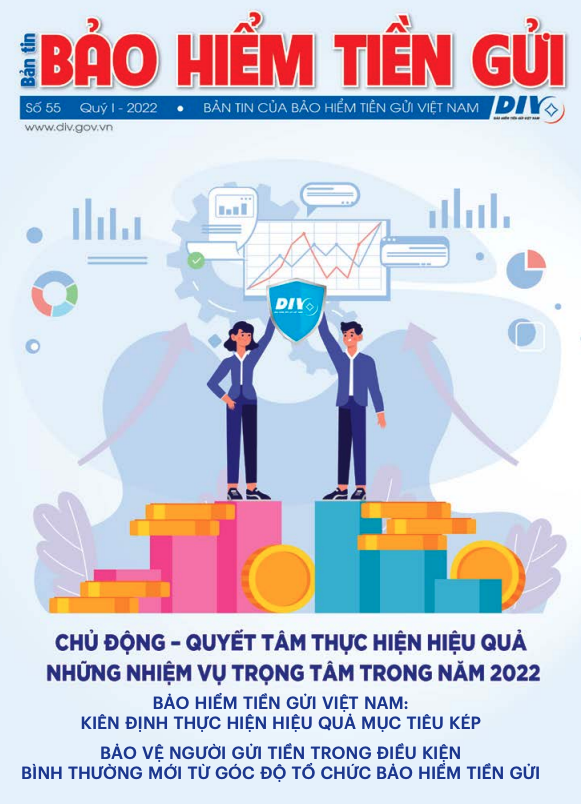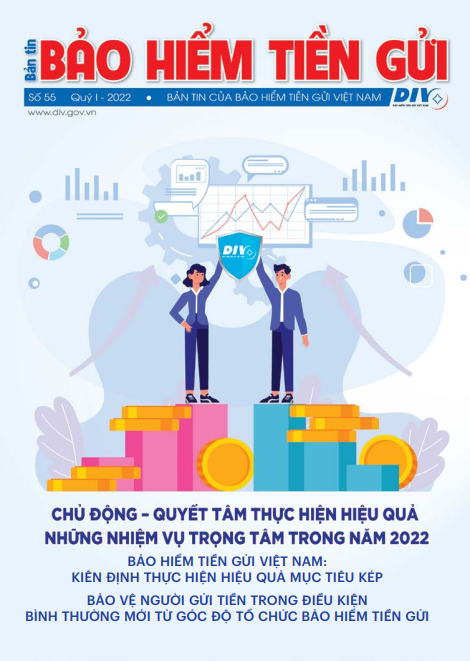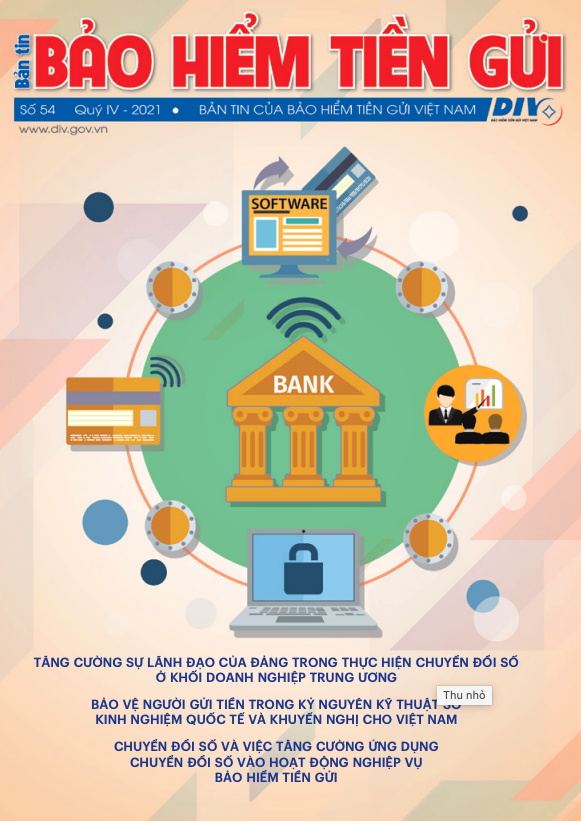Financial inclusion is the ability of all people and businesses to access and use financial products and services conveniently, in accordance with their needs, at reasonable costs, provided responsibly and sustainably, with a focus on the poor, low-income, disadvantageously people, small and medium-sized enterprises, and micro-enterprises.
The subjects of the Strategy are all people and businesses, with special attention (target groups) being those who have not had access or have little access to financial products and services such as people living in rural, remote areas; the poor, low-income people, women and other vulnerable groups; small and medium-sized enterprises, micro-enterprises, cooperatives, and production and business households.
To evaluate the effectiveness of service delivery channels according to the strategy, it is necessary to focus on two criteria of the concept of financial inclusion stated in the Strategy: (i) convenient, suitable for needs, at reasonable costs; (ii) provided in a responsible and sustainable manner.
Access to financial services has improved but is not yet uniform. In addition to the targets on financial services infrastructure, credit balances, and payment transaction values, the Strategy has specified a number of targets for the people by 2025: at least 80% of adults have transaction accounts at banks or other licensed institutions; at least 25-30% of adults have savings at credit institutions.
In 2011, with funding from the Bill and Melinda Gates Foundation, the World Bank launched a global financial inclusion data collection. This is the most comprehensive global database available today when describing how people over 15 years old use financial products and services (such as accounts, savings, borrowing, payments, and risk management). The data was collected for the second time in 2014, the third time in 2017, and most recently in 2021 (and 2022). The survey was most recently conducted by Gallup World Poll in 139 economies, representing nearly 97% of the world's population.
In Vietnam, the data was collected in 2022 for 1,000 people and conducted by telephone interviews. To assess financial inclusion, it is necessary to base on three basic aspects: (i) account ownership, (ii) savings and borrowing, and (iii) payments according to data in 2022 compared with 2017 to assess financial inclusion after the Strategy was issued (with regard to the 3 year- period).
In terms of account ownership, in 2022, the proportion of adults with accounts at financial institutions and/or mobile money was 53.8%, significantly higher than the 33.4% in 2017. After about 5 years (including more than two years of implementing the Strategy), this proportion has increased by more than 20%, showing success in achieving the goal of adults' account ownership. However, this proportion varies according to people's income levels. When divided into 5 income levels from low to high, according to 2022 data, the proportion of adults in the lowest income group only reached 25.1%, while in the four higher income levels, the proportions reached 56.5%, 51.8%, 68.4% and 67.9%, respectively. The proportions in 2017 according to the 5 income groups from low to high were 19.1%, 28.3%, 28.9%, 35.1% and 49.4% respectively. There is clearly an improvement in the number of people owning accounts, but the level of improvement is not uniform according to income level.
There are 2 key reasons why adults do not have accounts: Lack of money (in 2022, 31.2% of adults chose this reason) and financial institutions are too far away (in 2022, 22.3% of adults chose this reason). When compared to the proportions in 2017 of 58.4% and 14.8%, it can be seen that financial institutions that are too far away become the reason preventing adults from having accounts. Lack of necessary documents is also a reason why the lowest income group does not open an account (13.1% in 2022), higher than the average of 8.9%.
Further analysis of account activities in terms of deposits and withdrawals: In 2022, 77.7% of account holders made deposits, higher than the rate of 67.4% in 2017. Regarding withdrawals, in 2022, 82.4% of account holders made withdrawals, higher than the rate of 75.8% in 2017.
Regarding savings and borrowing activities, the average proportion of people making savings deposits at financial institutions and mobile money in 2022 was 22.4%, which increased 16.2% compared to 2017. Difficulties in life are considered one of the reasons to explain why only 59.7% of people made savings during the year.
On the other hand, the proportion of people borrowing money in 2022 is 28.0%, a sharp decrease compared to 2017 (47.6%), once again reinforcing the argument about the financial difficulties in particular and people's lives in general.
p>
Regarding payment activities, the proportion of people paying for goods and services via card or phone to buy goods or shop online in 2022 is 23.2%. When paying bills, the proportion of people paying from accounts is 15.3% and the proportion of cash payments is 41.6%. The proportion of people receiving or making at least one transaction via digital channels in 2022 is 43.8%. Thus, people still mainly use cash to pay for daily transactions and they also make fewer digital payment transactions than higher income groups.
Through analyzing three basic aspects, we can see a positive trend in financial inclusion nationally. The implementation of key tasks and solutions has brought about efficiency in helping people access and use financial products and services conveniently and in accordance with their needs, at a more reasonable cost. In terms of market development, deposit insurance still has a lot of room to contribute to promoting the development of the financial market in general and the credit market.
First, in terms of account ownership, in 2022, the proportion of adults with bank accounts will only reach 25.1% in the lowest income group. Thus, there is still a lot of room for coordination to increase coverage of account use, especially for low and middle income groups.
Second, in terms of savings activities, with the current income level, people rarely save at financial institutions and mobile money. Over time, as people's lives improve, the number of people saving money will increase.
New perspectives from deposit insurance in comparison with the results of the National Financial Inclusion Strategy
In the context of the economy still facing the consequences of the Covid-19 pandemic, unstable developments from the external and internal weaknesses, the target audience of financial inclusion faces more challenges and difficulties in accessing and using financial products and services.< /p>
Clearly, from the results of the implementation of the Strategy and the current context, it is necessary to have a deeper understanding of the groups of tasks and key solutions related to deposit insurance. The deposit insurance must be the one to ensure safety for users, sustainability for providers, and protect both sides from being harmed in life. One of the best ways to protect them is to help them have access to official financial products and services provided by deposit insurance.
Since the Covid-19 pandemic, many types of microfinance models have emerged in the economy such as payment intermediaries, e-wallets, etc. based on the development of digital technology. The rapid development of internet transmission speed, the popularization of wired and wireless internet through 4G and 5G telephone networks as well as artificial intelligence and big data processing, are the foundations that determine the explosion in the financial sector based on the technology that we are familiar with. with as fintech. In many countries around the world, the emergence of fintech has been warmly welcomed and State management agencies have promptly created legal corridors for fintech enterprises to operate effectively, leading to the establishment of financial organization models that have never existed before in perception and concept. Typically, it is the model of digital banking without physical branches, which in Vietnam is considered digital banking (although in the world it can be divided into many types with different names, such as internet-only bank, fully digital bank, banking as a service, banking as a platform, ...).
In Vietnam, the development of science and technology and the digital transformation of the socio-economic system are taking place very rapidly, however, the legal framework seems to be unable to keep up with the speed of applying new technologies to the development and provision of new financial products and services to the target groups of the Strategy.
Meanwhile, the network of traditional financial institutions is quite limited in rural areas, remote areas, where the target groups of the Strategy are concentrated. Therefore, the deposit insurance needs to pay attention to two new subjects: microfinance and Fintech companies with outstanding advantages compared to traditional financial institutions. Innovate the approach to microfinance activities in the direction of allowing microfinance organizations, programs and projects to purchase deposit insurance when mobilizing deposits in accordance with the characteristics of microfinance activities. In addition, the participation of fintech companies in the implementation of the Strategy's key tasks and solutions needs to be promoted through the formation of a more suitable legal framework to work with banks to bring financial products and services to customers in a more convenient and cost-effective way. effective way through the application of technology.
With such a new approach in line with the development of science and technology, the deposit insurance will open up a new market with thousands of customers, without limitation to the small number of traditional credit institutions. /.
Communication Department
